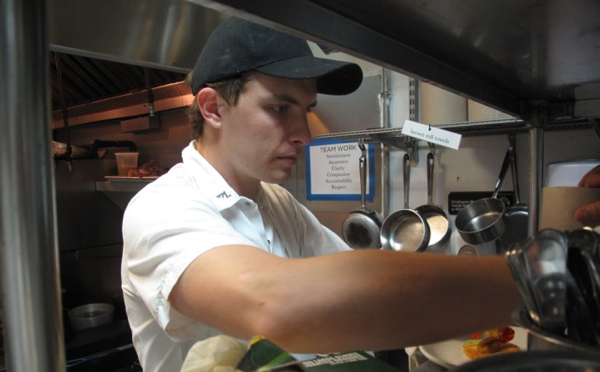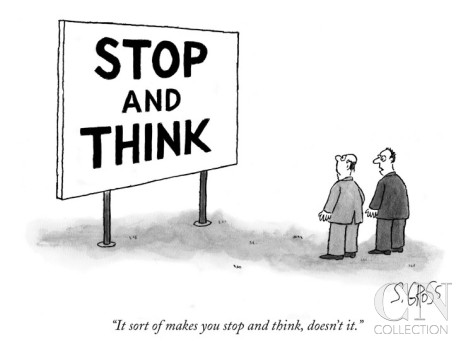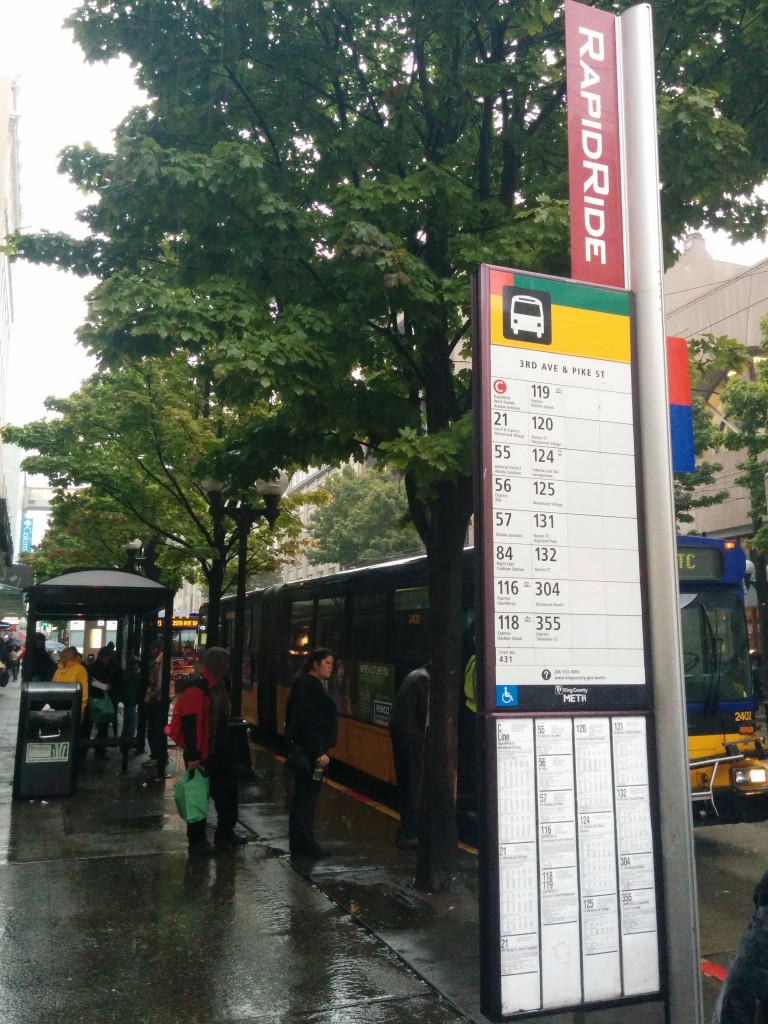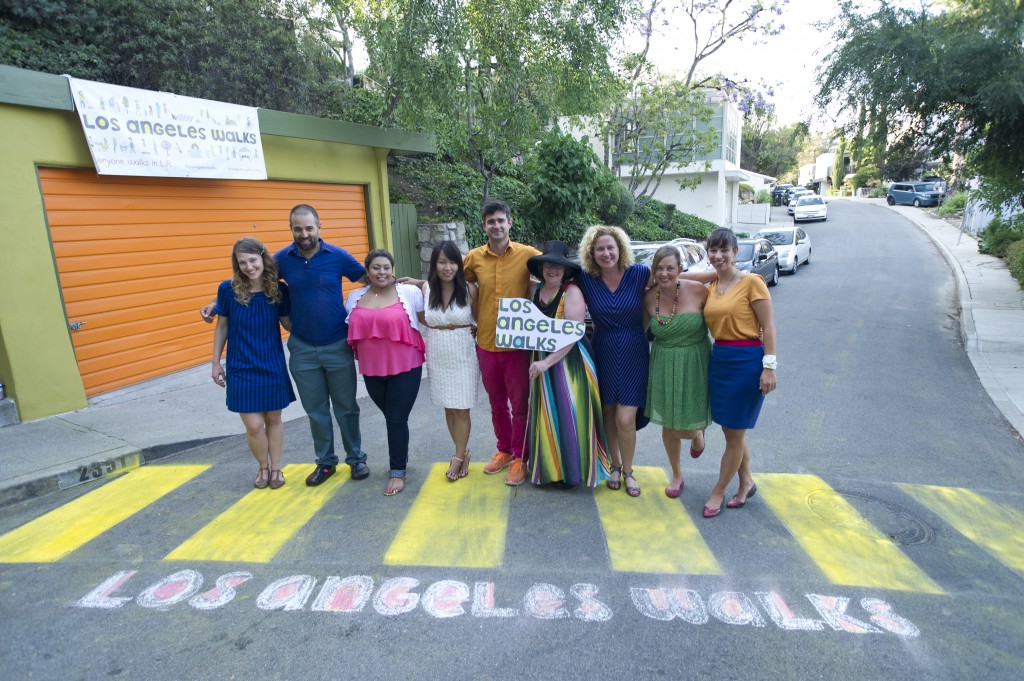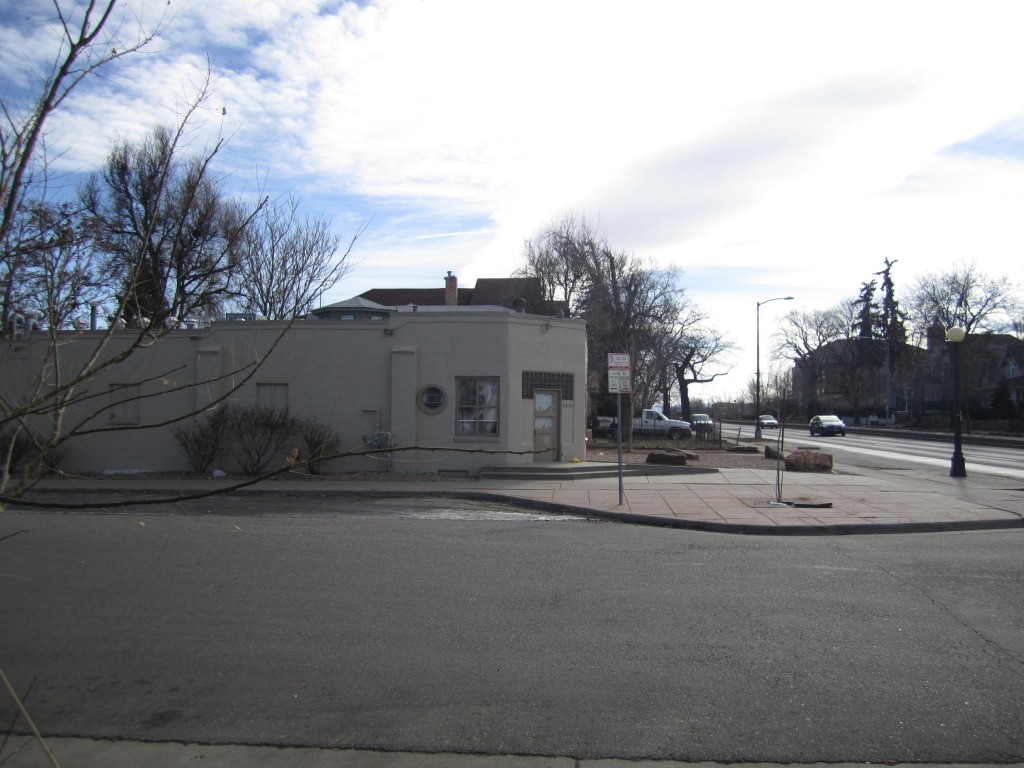This just in: the hors d’oeuvres menu for our November 13th benefit – generously donated by Williamsburg’s amazing Egg Restaurant – is to die for.
Wrap your brain around this: Newsom’s Country Ham-wrapped roasted butternut squash, on toothpicks. Plus devilled eggs with beet chips, and marinated leeks with pecan romesco. Drooling yet? Oh, also: farro salad with apples, almonds and kale, mini biscuits (mini biscuits!) with fig jam and Grafton Farm cheddar, and (can you even handle it?) smoked trout toasts with arugula.
We love Egg Restaurant. They do farm-to-table and sustainable/ethical sourcing for real, and they’ve been doing it since way before it was cool. They’ve got their own farm upstate, and make a point of visiting the other farms they buy from. They often invite their providers – fish mongers, most recently – in to Brooklyn to lecture on their sourcing and methods, trade notes with Egg staffers, and enjoy a “family meal.”
Chef Evan Hanczor and founder/owner George Weld pour hours of consideration into each sourcing choice they make, truly. Lately, for example, they’ve been on the hunt for locally grown russet variety potatoes. “We’ve done a lot to try to find people in New York, which used to be a huge potato growing state,” says Hanczor. “We’ve been able to switch all of our potatoes for French fries to local potatoes, but we still use potatoes from Idaho for hash browns. We’re always on the lookout for a lead.” And that’s no joke: when Weld was upstate at Egg’s restaurant recently, he stopped by a farmers’ market, happened to spot a box with the name of a potato farmer on it, and immediately took a picture to send to Hanczor. “Maybe this guy has some!” he wrote.
That kind of diligence is all the more impressive when you consider what a busy year it’s been for the restaurant. First, they grew out of their tiny, well-loved North 5th Street space in Williamsburg, and moved around the corner to North 3rd. Now they’re hard at work on the final edits of a forthcoming cookbook titled Breakfast: Recipes to Wake Up For. The book should be out sometime in April.
For Weld and Hanczor though, sustainability goes far beyond the food itself. It’s hugely important to them that Egg be not just a good place to eat, but also a good place to work. Even before Obamacare went into effect, they offered health insurance to all employees, as well as paid time off. They’re adamant, too, about keeping staffers to 40-hour work weeks, rather than forcing overtime as most New York kitchens do.
That mini biscuit with fig jam and Grafton Farm cheddar sounds even better now, doesn’t it? November 13th, Brooklyn Brewery, 6:30pm. Come and get it.
